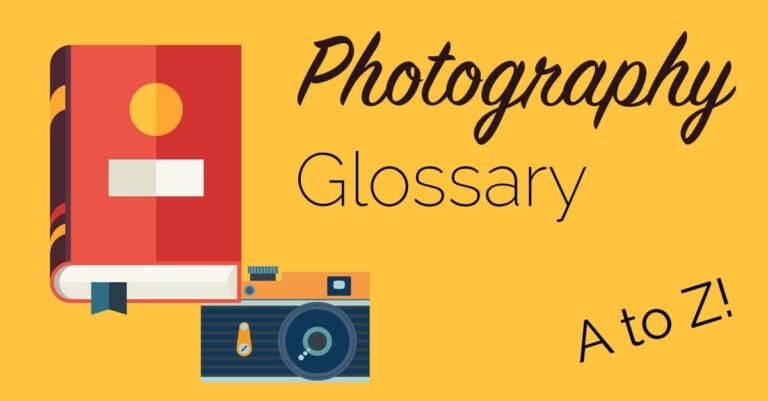Aliasing
What Is Aliasing and How Does It Relate to Digital Photography? In photography aliasing is a form of distortion that occurs when two elements of the signal being processed to form a digital image become indistinguishable from one another. Aliasing often appears in an image in the form of moiré or false colouring. Many digital cameras feature a built in ‘anti-aliasing filter’ to counteract the effects of aliasing by preventing high frequencies of light from reaching the sensor. This introduces a small amount of blur to detailed areas of an image that can prevent aliasing from occurring. The image can …

